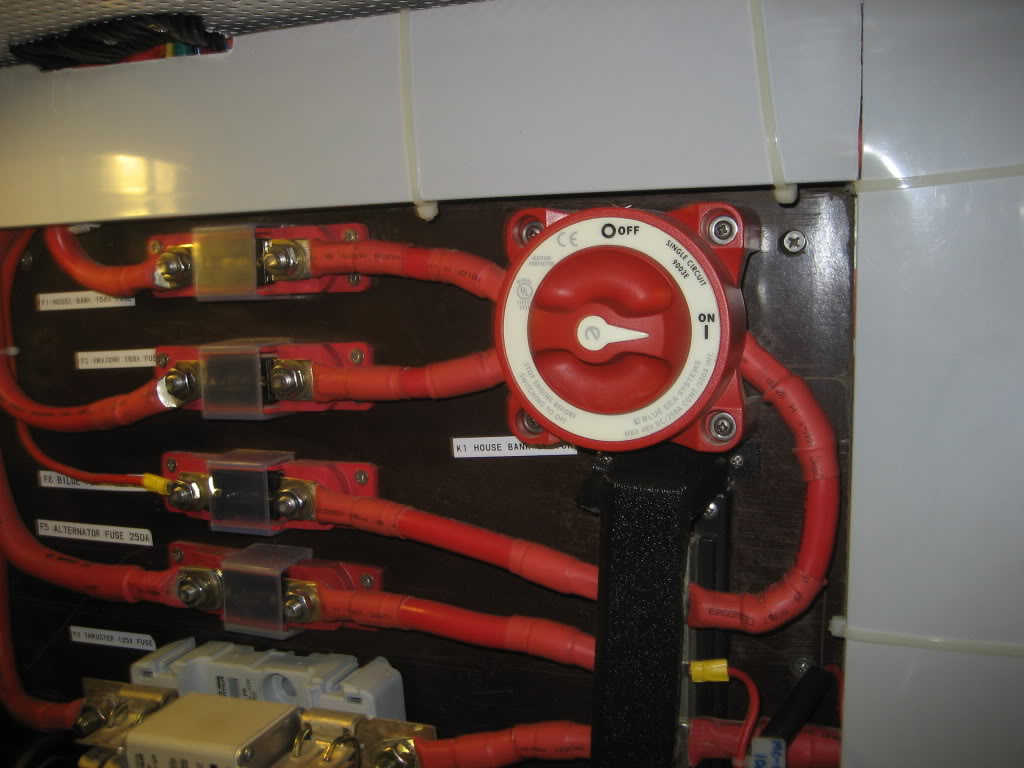Re, throwing switches, I was speaking to to the other poster who said they have to flip switches to turn off non-invereter circuits in their set up.
Then perhaps you should work on that. You addressed this all to me. Be more clear.
You do have a sub panel whether you like the term or not.
It's your term, not mine. By definition, I do not.
Definition: An electrical sub-panel, also known as a service subpanel or circuit breaker subpanel, acts as a waypoint between the
main service panel and branch circuits further down the line.In essence, an electrical subpanel can be thought of as a mini service panel.
Your diagram doesn't show protection between the three circuits the invert powers and the inverter. Is it just missing from the drawing? Or "are you feeling lucky?"
Wasn't meant to be a schematic, just a functional diagram. The SAME circuit breakers in the main panel that are used to protect the circuit (GFCI breakers) are used to protect that leg whether the voltage comes from the inverter, the genset, or shore power.
I absolutely do feel superior about "my way"
Why yes you do...
An issue I have with those that use it as a third, but "pass through" source for the whole panel, is that someone has to be paying attention if one of the other sources, shore or generator, is disrupted. We do have power outages in this part of the country, and generators can stop or trip a breaker for various reasons.
Then the inverter would begin to invert. I would get a beep indicating my generator has stopped running. But frankly, I think I would have noticed that already.
just looking at your diagram one more time, is there also not a breaker on your main panel for the feed to the inverter's input??
Yes. It is on breakers from the main, from that leg and from the genset.
Ya know... This is why this forum gets the reputation it gets. I took the time to draw that up for a user. I promised myself I wouldn't get sucked into an argument from some old guy with nothing better to do with his day, but in typical fashion that's whats played out.
I did not wire this boat. I find it's layout convenient, inexpensive and uncomplicated. I don't need to change it, and I'm not taking the time to berate your installation.
Perhaps you can take some of YOUR time and draw a detailed schematic of your elaborate system and convince the rest of the folks on here that they should do it your way. I'm OK with that, but I do not feel compelled to further explain how my obviously inferior system manages to serve me so well. It just does.


 , missing a critical element, a large breaker between the inverter and the sub-circuits. And I take it those circuits have no connection to the main power buss bar, someone broke that off?
, missing a critical element, a large breaker between the inverter and the sub-circuits. And I take it those circuits have no connection to the main power buss bar, someone broke that off? 
